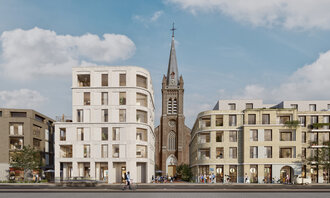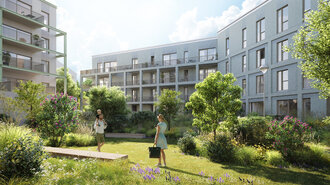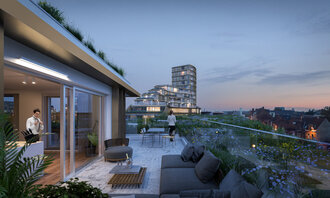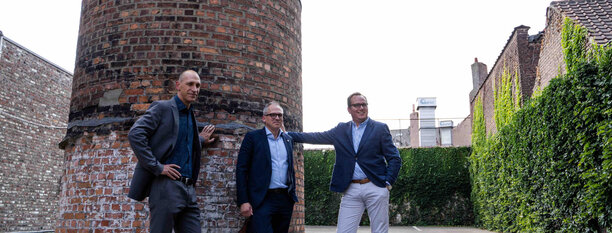
Re-purposing Built Heritage, a story in motion
Built Heritage is a component of our history and what our streets look like. In a future that will be marked by population growth and where there are already increasing limits on construction and the use of concrete in open spaces, we discuss the role of our Built Heritage. Matthias Diependaele, the Flemish Minister of Finance, Finance, Budgets, Housing and Immovable Heritage, Erwin Vrijens, Head of Real Estate at Participatiemaatschappij Vlaanderen (PMV - investment company owned by the Flemish government) and Jeroen Huysmans, business development director at ION express their views on the subject.

We see an increasing demand for places to live and so people are also looking towards Built Heritage. What is the current situation?
Jeroen: “Today there are 2.3 million buildings in Flanders of which around 11,000 are listed as protected heritage. In recent years the population has increased just about everywhere, a trend that will only continue in the future. Consequently, the demand for homes is also increasing and that means an increasing popularity in the re-purposing of our heritage.”
Mathias: “Between now and 2050 we will need about 400,000 extra housing units, due to migration, but also because of decreasing family sizes. There is also a broad consensus in Flanders to cut into as little open space as possible or even none at all.”
Does the government today offer enough opportunity to owners to be able to invest in heritage?
Erwin: ‘At PMV we are currently re-purposing heritage with non-governmental participants throughout Flanders. We do see, however, that these participants are occasionally hesitant, because it takes longer and the cost structures are higher than in traditional project development. Energy efficiency is also a major challenge with this sort of project.”
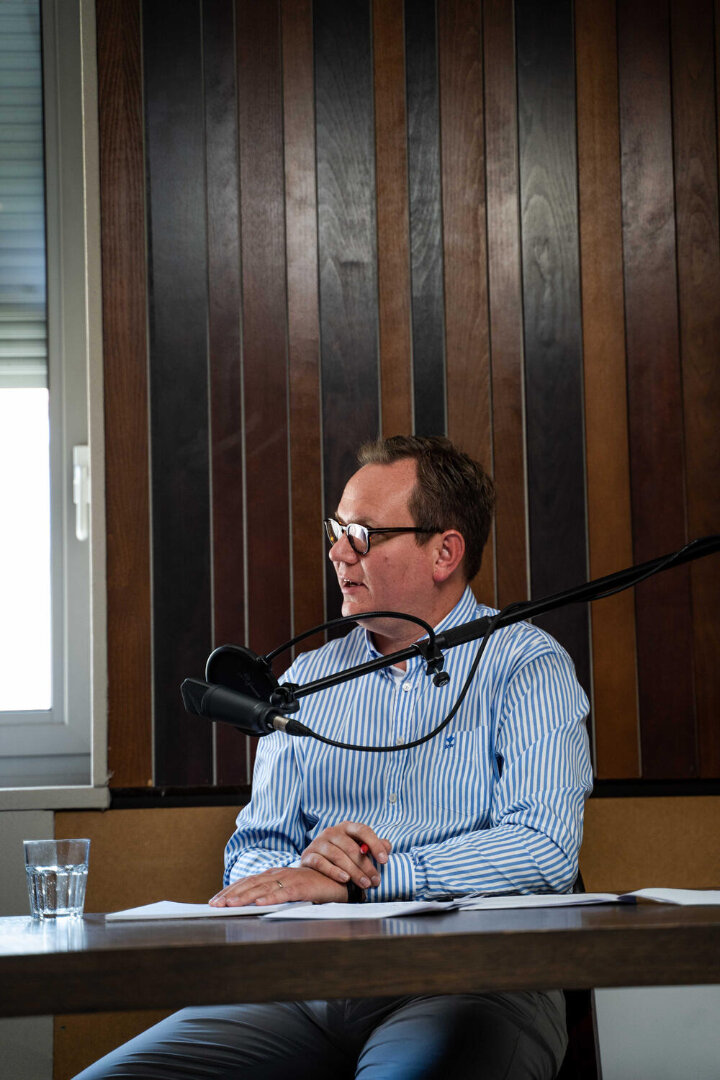
Those are problems that do have to be addressed, but perhaps they are not so much problems as opportunities.
Jeroen: In a redevelopment dossier, everything starts with a good analysis of the future use and we do this in collaboration with the government. We look at the needs of the community, the purpose and any holes in the financial plan. The collaboration between the private and the public market is very intense nowadays, and that has to go further than just subsidies, in my opinion.
Erwin: “Sometimes it is necessary for the government to intervene, because the heritage cannot be made profitable. On the other hand, there is also heritage where no intervention from the government is required for re-purposing.”
What do you think of this evolution, Minister?
Mathias: “As Minister of Budgets, this is music to my ears. In my term of office, I’ve pursued two important lines: paying more attention to the story behind the heritage and giving the heritage a role in our public space. If that heritage also gains an economic use, I can only applaud it. I have introduced a reform of the subsidy system where the emphasis is placed on the maintenance of buildings and supporting targeted projects.”
A lot of people have an opinion about heritage, sometimes there’s even commotion. There are also examples, of course, where it has gone well, or are there mainly obstacles?
Jeroen: “Heritage, that is our identity and it is important for everyone. Re-purposing is only possible, in my opinion, when all the parameters are right, when the economic function is compatible with access and if the entrepreneur maintains his own building. There is, of course, increasing demand these days. We want to work in central towns and people want to live in special locations, and so it’s important to start with a dialogue with local people. As a project developer, we aim to work on the history of a building. We write a new story with respect for the past. We can only do that with the neighbourhood, the government and all the stakeholders.”
Mathias: “It is indeed very important to hear those voices. It demonstrates that people feel involved. In that context we also want a relaunch to make Herita a real ‘National Trust’, where we can do things like supporting and boosting volunteer work in respect of heritage.”
Jeroen: “I agree with the strategy of voluntary work, definitely in the start phase, but when we start moving towards the elaboration, it is still important to involve a professional party. A financial plan is required, a contractor has to be appointed, the whole construction process has to be carried out and then all the safety and health risks have to be considered as well.”
We now know that economic feasibility is a decisive factor in deciding whether to support projects or not. What other factors are there?
Mathias: “Currently, the government stipulates by decree that owners have to maintain heritage. This also means that the government can support owners financially to meet this legal obligation. We therefore do, indeed, have to consider whether we, as government, should support every restoration.”Erwin: “In the new system currently in place, a multidisciplinary jury evaluates on the one hand, the heritage value of projects and on the other, the financial-economic aspects. This is a test of the extent to which they want or need to use public funds, and that seems like a good system to me.
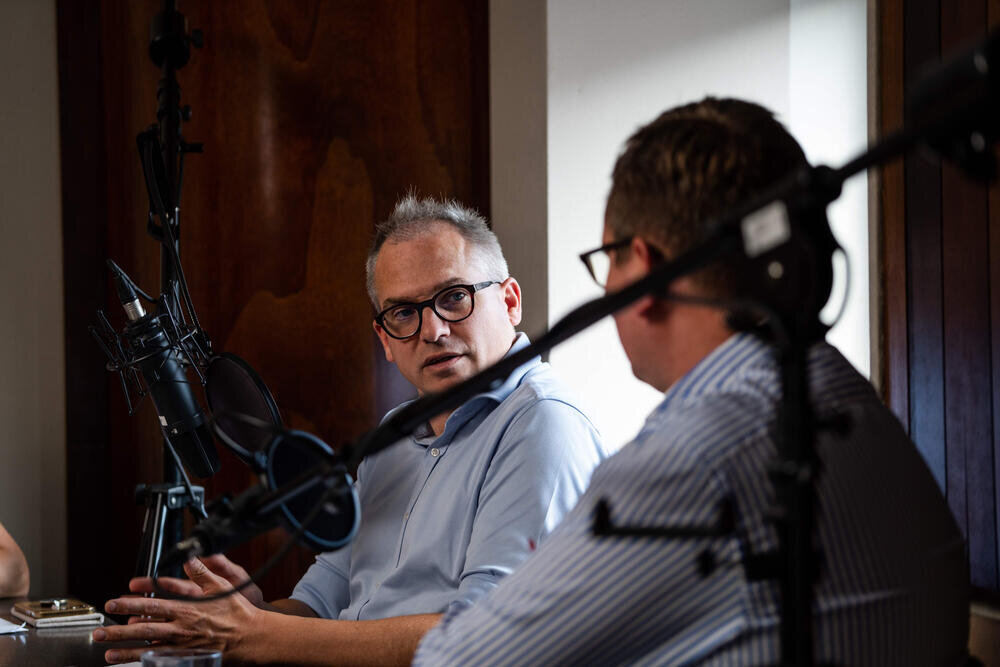
However, I do think that there is another point that deserves consideration. In the past, a private partner had more legal certainty regarding financial support from the government. There is less of that security now, and that has an adverse effect on the partner who has to buy a site at a given moment.”
Mathias: “We actually did that deliberately to encourage competition. These days you have to convince the government that your project is worth the government’s, and therefore every citizen’s, money before we award the subsidy.”
The government wants to challenge project developers. How do you deal with that challenge?
Jeroen: “I think that this change is only positive. The market is now competitive, the government makes choices and the best projects are holding out. That is, of course, very interesting for a project developer like ION. Right from the start, we work very hard on a case that makes sense, both economically and in terms of sustainability, ecology and the community. I think the transition from a generic system of subsidies to a thematic system is a positive thing. This way, we also know as a private party what the government is focussing on and we can work in that direction.”
Mathias: “The moment we introduced the new system, a huge number of files suddenly arrived out of the blue in the one-and-a-half-month transition period for the subsidy waiting list. And I regret that, in all honesty; we are talking about 80 million extra. I would have preferred to have been able to introduce that new system immediately and to have been able to be more demanding of the projects themselves.”
Jeroen: “I would like to suggest to the government to abandon the idea that we have to renovate everything in tiptop condition and get energy consumption in order. You can’t always do that with protected monuments. Perhaps we should also look at the nature around a building and make a well-considered choice between monuments to be restored and monuments that can be allowed to be absorbed by nature.”
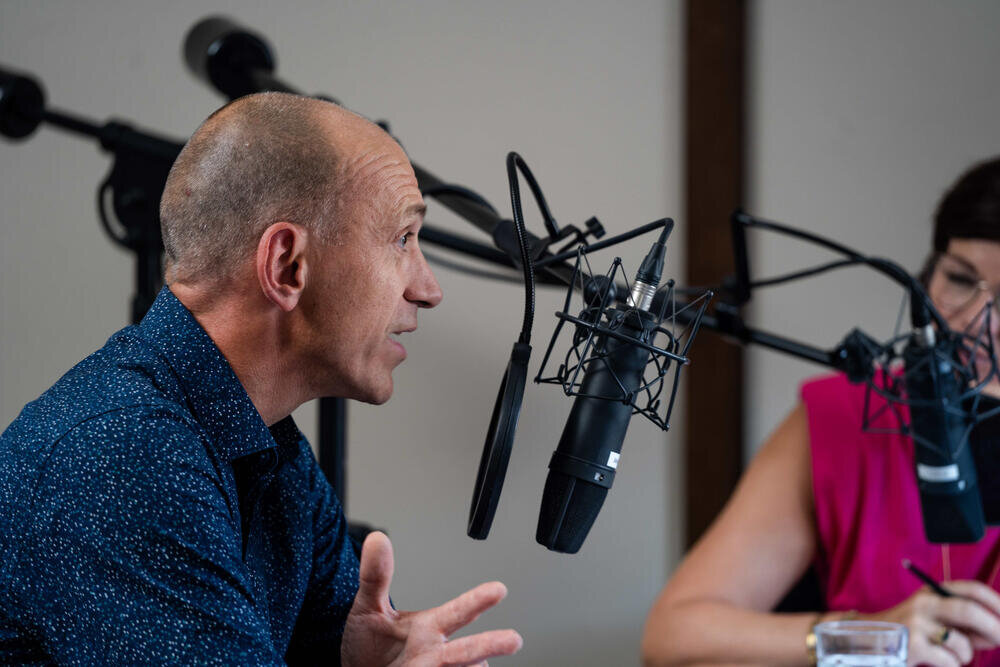
What do we need to remember about the re-purposing and the value of built heritage?
Erwin: “Heritage carries stories within it and can make our living and working environments so much richer. In addition, the private and public sectors have to combine forces to engage in that discussion and that conversation with each project again.”
Re-purposing built heritage is a beautiful thing. Living and working in Built Heritage reinforces our connection with our history. For project developers, private owners and for the government, there are opportunities, but there are definitely challenges as well. Exchanging information about the changing reality and our own experience, that remains the key.
